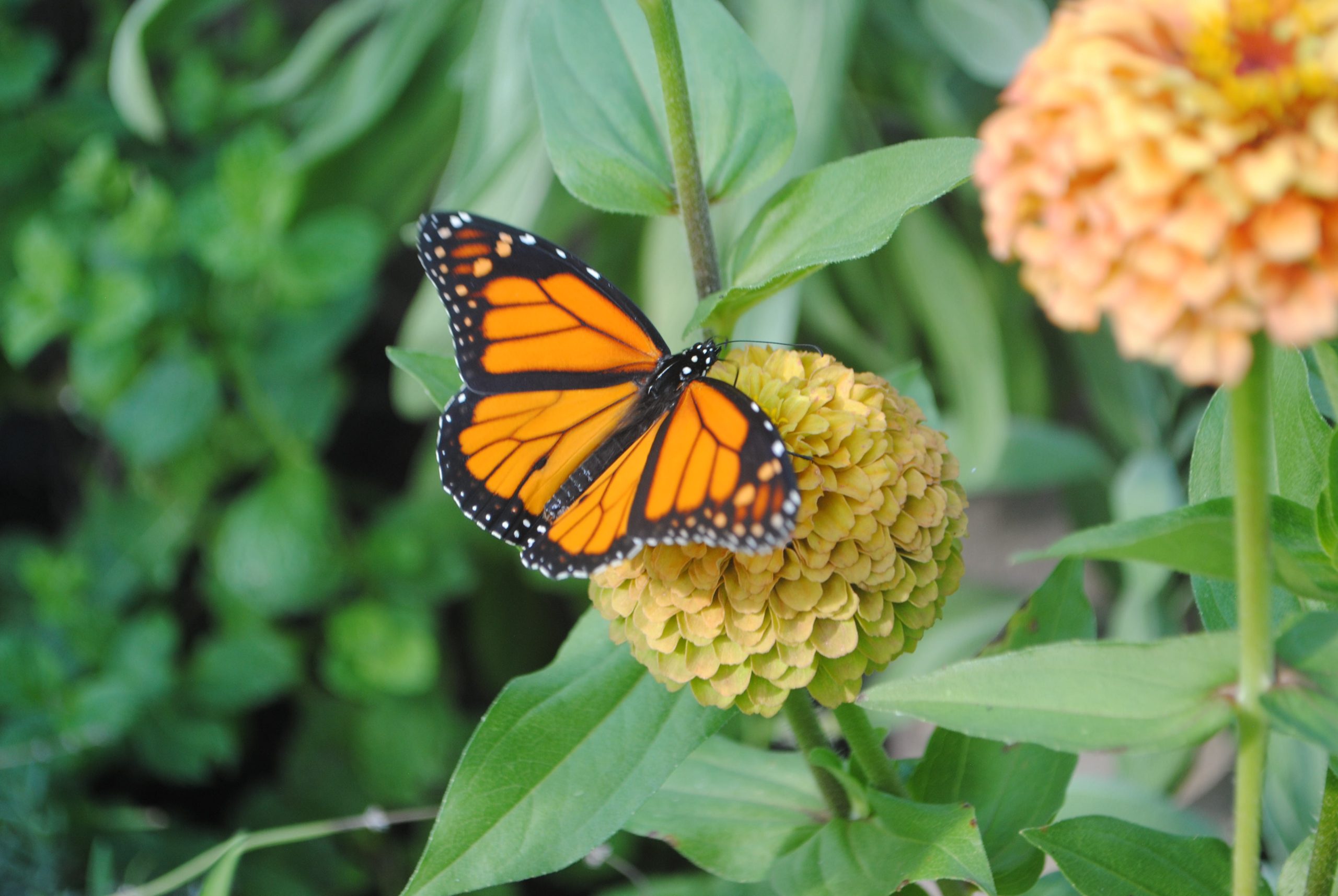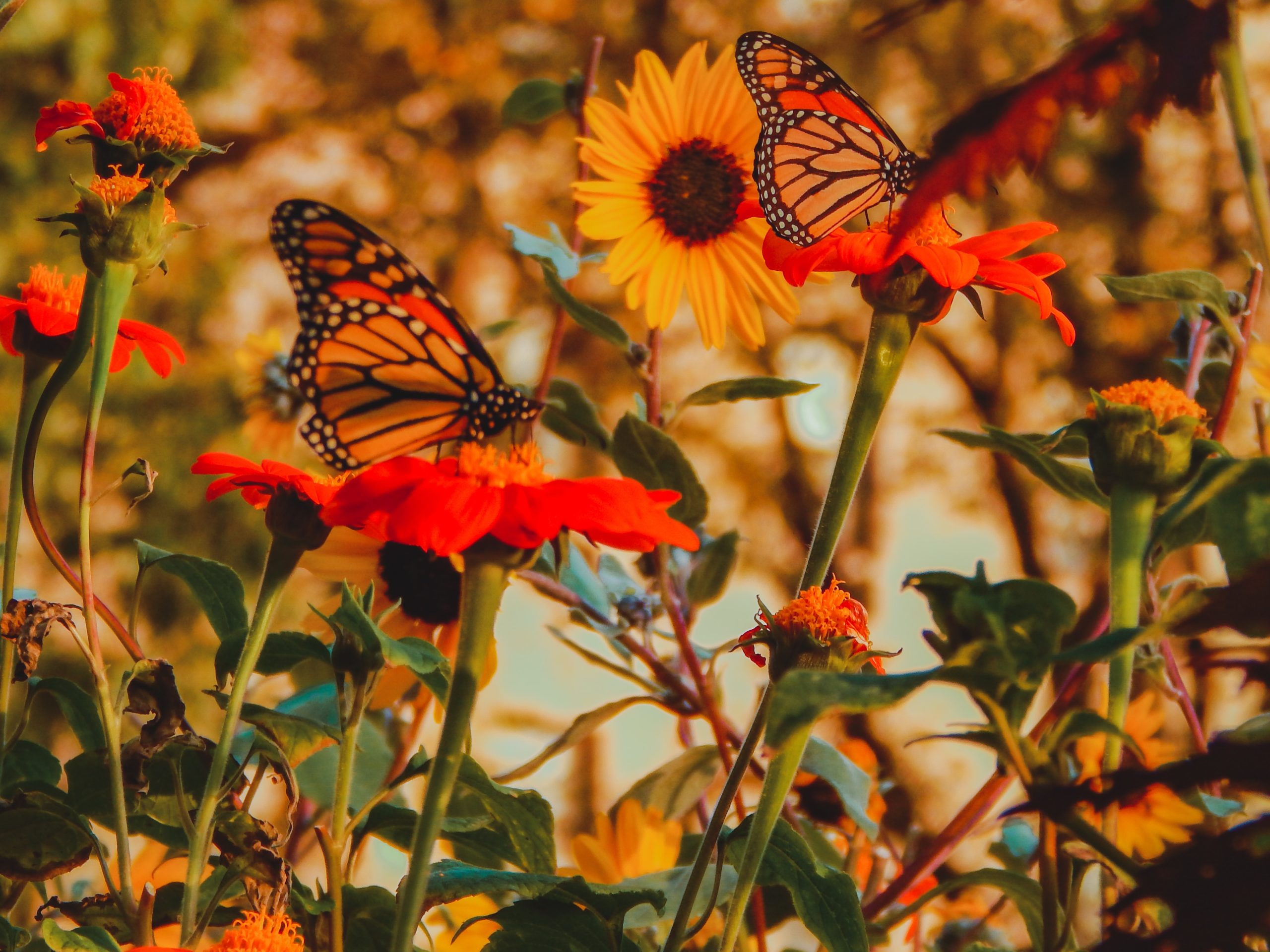Imagine your garden coming alive with a symphony of colors, as delicate butterflies gracefully flutter from flower to flower. These enchanting creatures not only add a touch of magic to your outdoor space but also play a vital role in pollinating plants and maintaining the delicate balance of our ecosystems. Creating a butterfly garden isn’t just about aesthetics; it’s about fostering a habitat that supports these beautiful insects and contributes to the overall health of our environment.

Butterflies are more than just pretty insects; they’re essential pollinators in our ecosystems. Just like bees, butterflies aid in the process of plant reproduction by transferring pollen from one flower to another. This pollination is crucial for the growth of fruits, vegetables, and other plants that make up a significant portion of our diet and support various wildlife species. By attracting butterflies to your garden, you’re directly contributing to the health and biodiversity of your local environment.
Planning And Creating Your Butterfly Garden
Creating a butterfly-friendly garden requires a bit of planning and consideration. Here are some steps to get you started:
- Selecting Plants: Butterflies are drawn to nectar-rich flowers, so choose a variety of flowering plants that provide a continuous supply of nectar throughout the growing season. Opt for native plants whenever possible, as they are best suited for the local climate and soil conditions.
- Creating Habitat: Butterflies need more than just food; they also need places to lay their eggs and shelter from the elements. Include host plants that serve as food sources for butterfly caterpillars. These plants will vary depending on the species of butterflies in your region.
- Sunlight And Water: Butterflies are cold-blooded creatures that rely on the sun to warm up their bodies. Ensure that your garden receives plenty of sunlight to provide a welcoming environment for them. Additionally, a shallow dish of water with some stones for perching will offer a much-needed water source.
- Avoid Pesticides: Pesticides can harm butterflies and other beneficial insects. Embrace natural pest control methods, such as companion planting or introducing predatory insects, to maintain a healthy balance in your garden.
- Add Color And Texture: Butterflies are naturally attracted to bright colors, especially red, yellow, orange, and purple. Plant flowers of various heights and shapes to create a visually appealing landscape that offers both shelter and nectar.
As your butterfly garden begins to flourish, you’ll likely notice an increase in the number and variety of butterfly species that visit your yard. This is a testament to your efforts in creating a hospitable environment for these beautiful insects. Take time to observe their behavior and interactions with your garden. You’ll be amazed by their intricate dance and the role they play in the ecosystem.
Your butterfly garden can serve as an educational tool for your family, friends, and neighbors. By sharing your journey and the benefits of a butterfly garden, you can inspire others to create similar spaces in their own yards. As more people join the movement to support pollinators, the impact on local ecosystems and biodiversity will be significant.

Creating a butterfly garden is a rewarding endeavor that goes beyond aesthetics. By providing a habitat for these magnificent insects, you’re contributing to the health of the environment and fostering a deeper connection to the natural world. So, why wait? Start planning your butterfly garden today and prepare to be amazed by the kaleidoscope of colors that will grace your yard.



